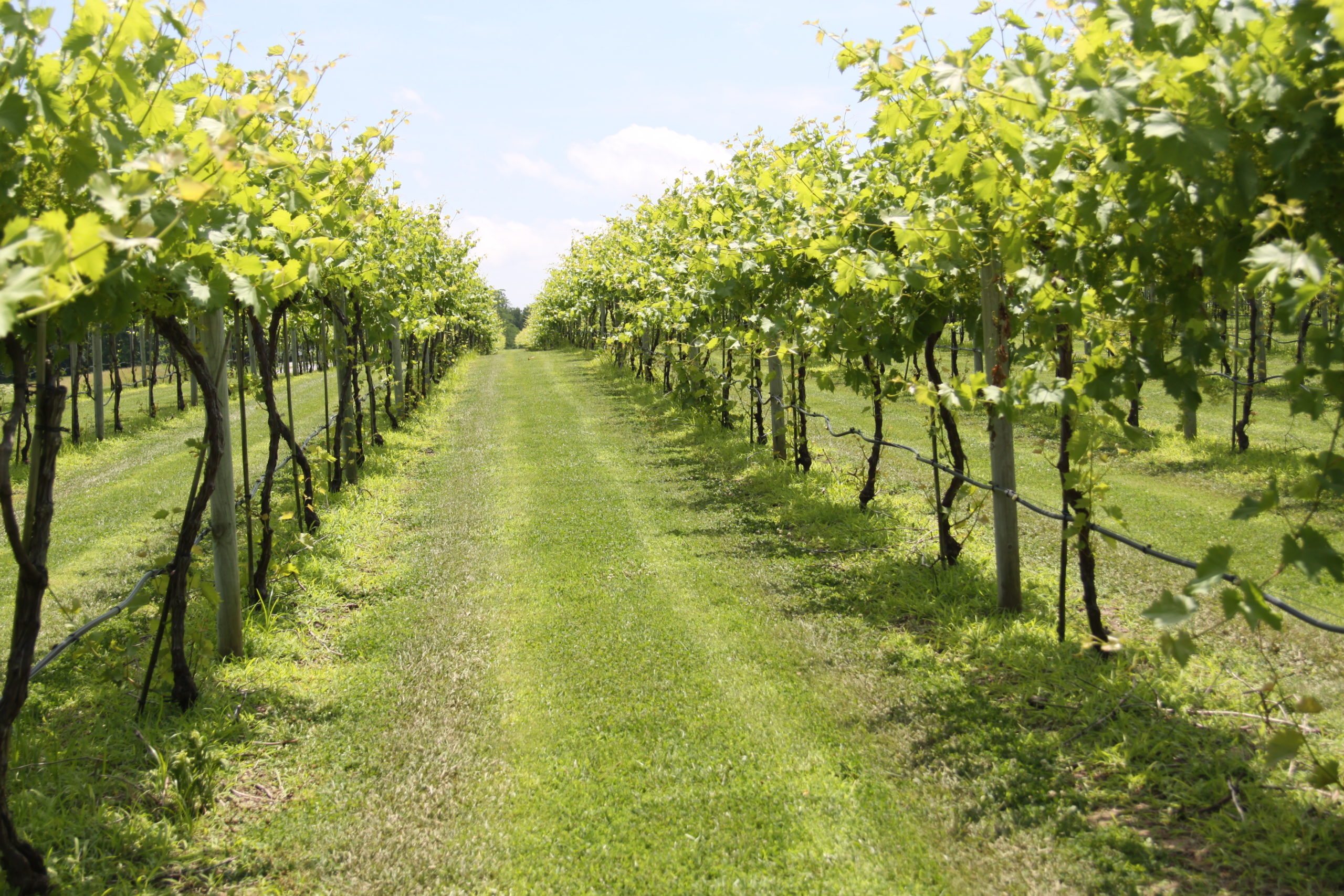While we’ve covered different aspects of IL wine in the past couple of years, this year we’re going to focus on a few of the varietal wines you’ll find in IL that may not be too familiar, unless you’re a local.
Much of the US wine game is dominated by the grapes of Europe, but before they were here, and in their early days, native American grapes and crosses of the native grapes with early transferred European grapes were used to make wines that were quite well enjoyed. The crossing of grapes was done to find new homes for European grapes in the yet to be fully understood American soils. Many of these varieties of grape still persist to this day, and a few of them can be found in IL.
It’s of note that many of the hybrid grapes were developed at the University level in neighboring states to make varieties of grapes that were more resistant to colder climates and more robust for the northern latitudes. Some are direct native grapes mixed with European grapes, others are hybrids of hybrids, in some cases, dating back far enough to not know the exact parentage at this point in history.
Below is a list of some of the more off the beaten path native and hybrid white wine varieties you’ll actually find (and should try!) in IL wine bottles:
Chardonel – A Chardonnay hybrid grape that showcases citrus and grassy notes that can be made dry to sweet and unoaked or oaked, a wonderfully broad range of styles based on what you prefer can be found for this grape.
Frontenac Gris – A gray version of the Frontenac grape that was released from the University of Minnesota in 2003 for cultivation that is known for intense pineapple and stone fruit aromas with crisp acidity.
La Crescent – Also developed by the University of Minnesota, a cold hardy grape for cultivation that is likened to Muscat in its intense stone fruit and grapefruit aromatics.
Niagara – A native variety of grape to the US, this green grape is not only the common table grape, and thus the most planted green grape in the US, but used to produce semi-sweet to dessert-styled wines too.
Seyval Blanc – A grape shrouded in a bit of mystery. Was it created by Bertille Seyve or his son-in-law? Is it a wine of quality in the EU or not? With such heavy plantings in England, it should be, right? Nonetheless, it is a hybrid of hybrids that created a cold loving grape with citrus elements and a minerality that has been likened to White Burgundy.
St. Pepin – An offspring of the aforementioned Seyval Blanc and another hybrid grape, the wine it produces is likened to Riesling for its delicate floral and slightly sweet character.
Traminette – Germans searched for a new home for their grapes when they immigrated to the US in the early days, and this grape is a testament to that history. Created in IL at the University of Illinois, this is a hybrid grape mixed with Gewürztraminer that showed good cold hardiness. The wine it produces is of excellent quality and showcases intense floral aromas with some very exceptional growths showcasing ginger and/or mint.
Vidal Blanc – A hybrid and the European Ugni Blanc grape produced this winter-hardy grape that gives off fruity aromatic notes of pineapple and grapefruit alongside crisp citrus flavors that makes excellent dry to dessert wine.
Vignoles – This is a grape with a messy parentage. Thought to be a mix of a highly mixed hybrid grape and a clone of Pinot Noir, it was later discovered in genetic testing that it had no lineage to either. To date, the origins of this grape are a complete mystery. It’s intensely aromatic with notes of stone fruits, apples, and pineapple, and while you can find good dry stylings of the wine, it makes for a great dessert wine.
Stay tuned for our rundown of the more off the beaten path reds the state has to offer later this month. Cheers!

